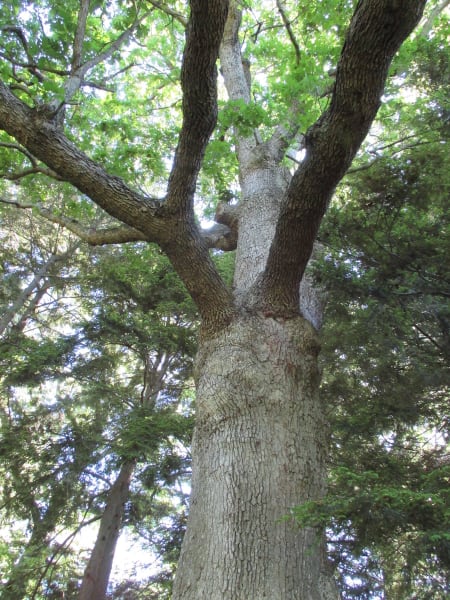Deciduous suckering medicinal holly with clusters of upright stems. Best known for profusions of bright red ⅜" berries that stand out after the leaves fall—they keep their color all winter, spectacular against the snow. A staple of the Maine landscape, providing late-spring forage for birds. Lustrous deep green leaves retain their color long after they’re cut for decoration. Richly foliated, but open enough to display interesting branch structure. Tiny white flowers in mid-July are attractive to pollinators.
Tolerates dry conditions but prefers moist or wet acidic soil, even standing water. Sun or partial shade. No serious pests. Male and female plants required for fruit, which is produced on female plants. These are unsexed seedlings, so plant several for berries. Native from Midwestern to eastern U.S. Z4. Maine Grown. (1–3' shrubs)
Items from our perennial plants warehouse ordered on or before March 7 will ship around March 31 through late April, starting with warmer areas and finishing in colder areas. Orders placed after March 7 will ship around late April through early-to-mid May, in the order in which they were received.




